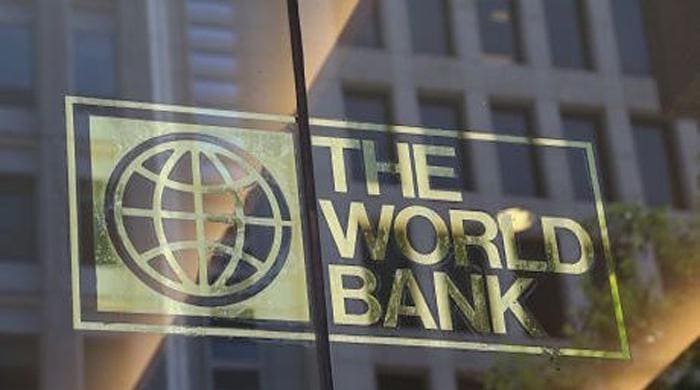ISLAMABAD – As the water day is being observed across the world on Friday, as many as 64 per cent of Pakistanis are still deprived of their access to the safe and clean drinking water in the country, World Bank in its recent report revealed.
The World Bank newly launched ‘Pakistan @ 100’ report showed that only 36 percent of the population having access to safely managed drinking water in the country.
The report pointed out that the water utility services were intermittent in the country due to high leakage levels, limited supply, and insufficient access to power with a large difference in access between urban (96.9 percent) and rural (59.7 percent) areas.
Inequality in accessing clean water and sanitation is higher in Pakistan than in peer countries, it added.
Though, access to water and sanitation has slightly improved, but the quality still remained low as Pakistan had ranked 140 out of 180 countries in water and sanitation on the Environmental Performance Index.
The ‘Pakistan @ 100’ said the provision of qualitative water facility to the dwellers was facing deterioration due to growing economic activities and rapid urbanization across the country.
The official document said nearly 20 percent of urban areas and 13.6 percent of rural areas have unsanitary drainage flowing directly into the nearby environment, with no sewer, septic tank, or pit as per (United Nations International Children’s Emergency Fund / World Health Organization study, Joint Monitoring Programme, 2017.
The report also highlighted that over 25 per cent of the population may be at risk from arsenic contamination of water while quoting World Bank’s “Pakistan Water Supply and Sanitation Sector, Volume I Urban Water Supply and Sanitation,” 2013 report that confirmed that only five percent of waste water was being collected and treated.
Industrial pollutants often contaminated the water as the country lacked the regulated municipal waste water collection systems imperative to remove many toxic chemicals from drinking water.
As of 2006, 20 to 40 percent of hospital beds were occupied by patients suffering from water-related diseases, such as typhoid, cholera, dysentery and hepatitis, which were responsible for one-third of deaths, pointing out the World Bank’s Pakistan – Unlocking Private Sector Growth through increased trade and investment competitiveness, study launched in 2006.
The inadequate quality of drinking water had increasing health and economic repercussions for Pakistanis as poor water supply and sanitation contributed to high levels of childhood stunting eventually undermining the production of human capital, the Pakistan @ 100 report warned.














